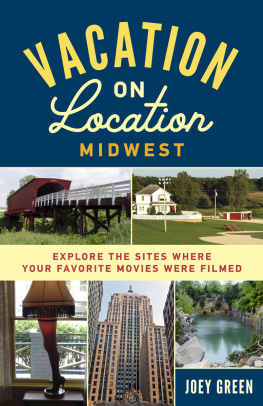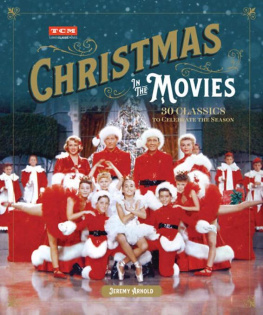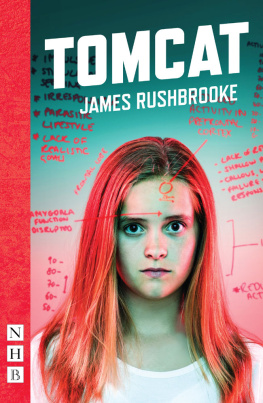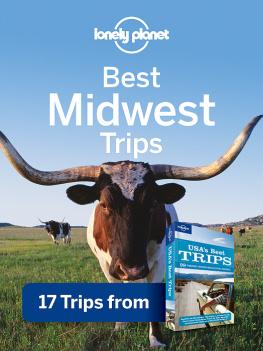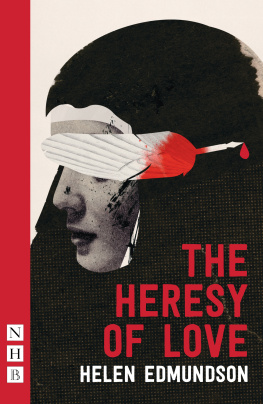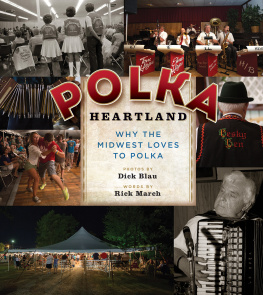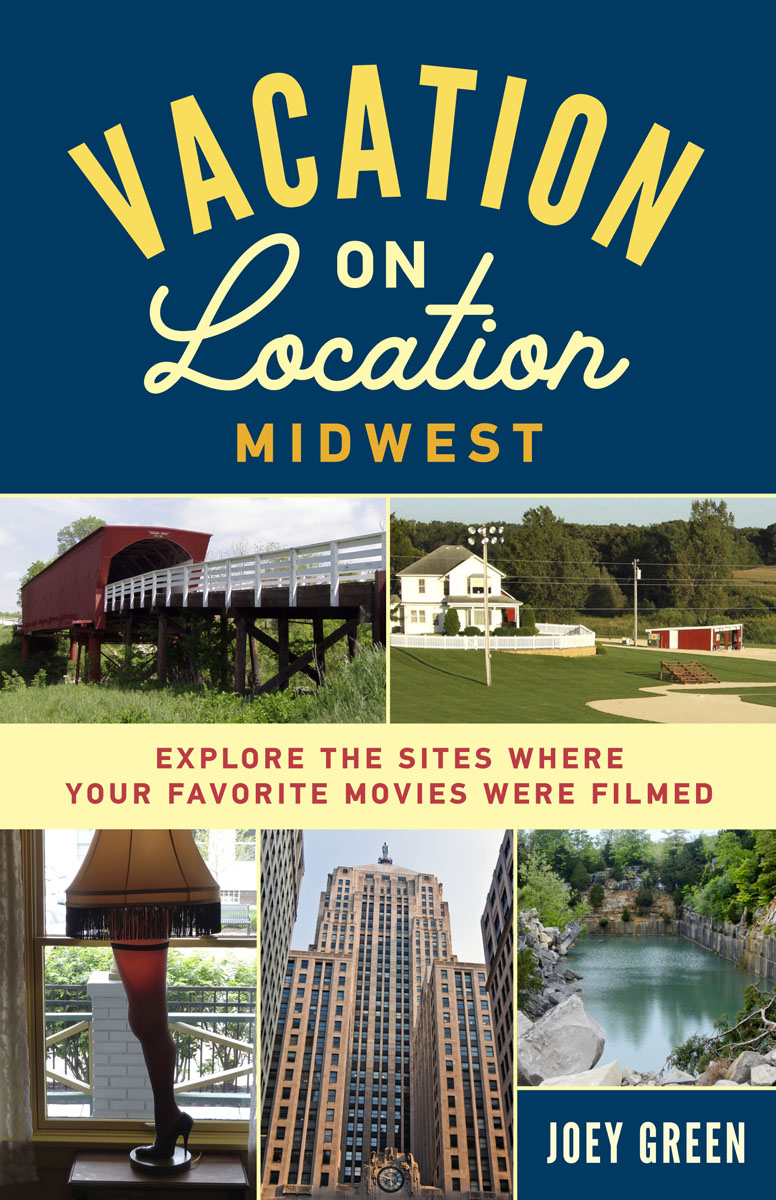
Copyright 2017 by Joey Green
All rights reserved
Published by Chicago Review Press Incorporated
814 North Franklin Street
Chicago, Illinois 60610
ISBN 978-1-61373-725-5
Library of Congress Cataloging-in-Publication Data
Is available from the Library of Congress.
Cover design: Andrew Brozyna
Cover photos: Unless otherwise indicated, cover photos are copyright 2016 by Jerome Pohlen. Used with permission. (front, clockwise from upper left) The Bridges of Madison County, Roseman Covered Bridge. Field of Dreams, Field of Dreams copyright 2016 by Iowa Memories, LLC, d.b.a. Field of Dreams Movie Site. Used with permission. Breaking Away, Rooftop Quarry copyright 2016 by Lynae Sowinski, Limestone Post Magazine. Used with permission. www.limestonepostmagazine.com. The Dark Knight, Chicago Board of Trade Building copyright 2010 by Antoine Taveneaux. Used with permission. A Christmas Story, Leg Lamp. (back, left to right) The Blues Brothers, Pilgrim Baptist Church. 8 Mile, Cow Head. A League of Their Own, Huntingburg Stadium. The Shawshank Redemption, Mansfield Prison.
Interior design: Jonathan Hahn
Printed in the United States of America
5 4 3 2 1
For Debbie
CONTENTS
INTRODUCTION
W HILE STAYING AT AN A USTRIAN GUESTHOUSE thirty years ago, I bicycled into downtown Salzburg on a hot summer afternoon, happened upon the stunning Mirabell Palace and Gardens, and felt overcome by dj vu. I suddenly realized I was standing in the midst of the beautifully manicured garden seen in the 1965 movie The Sound of Music, where Maria (Julie Andrews) leads the Von Trapp children to dance around a fountain, singing Do-Re-Mi. Awestruck and dumbfounded to find myself on a real-life movie set, I patted the same dwarf gnome statue on the head that the Von Trapp children did, pranced through the same pergola tunnel covered with vines, hopped up and down the same terrace steps, and skipped across the same pedestrian Mozart Bridge.
I explored Salzburg, determined to visit all the locations seen in The Sound of Music, becoming truly immersed in the city. I discovered that the Von Trapp home seen in the movie is actually a composite of three different Salzburg locations. Maria gets off the bus and sings I Have Confidence on her way down a tree-lined lane along Hellbrunner Allee. The courtyard and front of Frohnburg Palace starred as the front of the Von Trapp home. The back of Leopoldskron Castle in Salzburg was used as the back of the home, where the children are seen boating on Leopoldskron Lake and falling into the water. In reality, the Von Trapp family lived in Villa Walburga, a mansion in Aigen, a suburb of Salzburg.
Enchanted by these pop culture icons, I danced around the gazebo in which Liesl sings Sixteen Going on Seventeen (now located at Hellbrunn Palace), visited the Salzburg festival hall where Captain Von Trapp sang Edelweiss and the Von Trapp family sang So Long, Farewell, and toured Nonnberg Abbey, where the nuns wonder how to solve a problem like Maria. I paid homage at the Collegiate Church of St. Michael in nearby Mondsee, where Marias wedding took place in the movie, and I spun around in the green meadow where Maria sings that the hills are alive with the sound of music and then, hearing the ringing bells of the convent, runs down to Nonnberg Abbey in minutes. In real life, however, the meadow sits in Marktschellenberg, Germany, approximately twelve miles south of the abbey, meaning Maria could not possibly hear the ringing bells or run to the convent in less than two hours. The real wedding also took place at Nonnberg Abbey, not eighteen miles to the west in Mondsee.
That experience forever changed the way I travel. From then on, I did extensive research to plan my travels and our family vacations around towns off the beaten trail where Hollywood producers filmed classic movies. Weve toured the prison used in The Shawshank Redemption (Mansfield, Ohio), visited the island seen in Jurassic Park (Kauai, Hawaii), and celebrated Groundhog Day in the very town where Bill Murray relives February 2 over and over in Groundhog Day (Woodstock, Illinois). Weve cruised the streets from American Graffiti (Petaluma, California), dined in the college cafeteria where John Belushi unleashed a food fight in Animal House (Eugene, Oregon), and stayed in the foreboding and grandiose hotel in The Shining (Timberline, Oregon). Weve gone white-water rafting down the same raging river depicted in Deliverance (Tallulah Gorge, Georgia), played golf at the country club used in Caddyshack (Davie, Florida), and run up the same 72 steps and raised our arms in triumph at the same museum seen in the Rocky movies (Philadelphia, Pennsylvania).
But it seemed unfair to keep all my homemade maps and plans for movie-inspired pilgrimages to myself. After all, visiting these places brought my family and me tremendous joy and a deeper insight into the films we love. But now, with this book as a guide and the detailed maps Ive created inside, everyone canand shouldmake these excursions as full-scale vacations or quirky side trips to enhance their appreciation of their favorite movies and the magic of filmmaking.
Stepping into the landscapes and cityscapes of your favorite movies really makes you feel like youre meeting the unsung stars in the film or starring in the movie yourself. To make things simple Ive listed the locations in the order they appear in each film. So you can sit at home in a comfy chair and discover where the most memorable scenes from your favorite movies took place or hit the road and see them for yourself. Either way youre a step closer to bringing the magic of Hollywood to life. Sure, planning your vacations around movie locations may qualify as obsessive behavior. But youre unlikely to be toted away in a straightjacket unless you show up in Salzburg wearing a nuns frock and habit, playing a guitar, and singing Climb Evry Mountain. On second thought, you might actually get away with thatunless youre trailed by seven children dressed in play clothes made from curtains.
ILLINOIS
The Blues Brothers
In 1973, comedian Dan Aykroyd, who had been performing with the comedy troupe Second City in Toronto, introduced fellow comedian John Belushi, a Second City alumnus visiting Toronto to recruit talent for The National Lampoon Radio House, to the blues. Five years later, as cast members on Saturday Night Live, Belushi and Aykroyd performed a sketch as the Blues Brothers.
After Belushis success in National Lampoons Animal House and the Blues Brothers 1978 hit album Briefcase Full of Blues, Universal agreed to make the Blues Brothers movie, from a script written by Aykroyd and SNL writer Mitch Glazer.
Both Belushi and Aykroyd envisioned shooting the entire movie on location in Chicago, the home of the blues and where Belushi had performed in Second City. Chicago, however, had been off limits to Hollywood filmmakers throughout Richard J. Daleys 21-year reign as mayor. In 1979, three years after Daleys death, a nervous John Belushi met with Chicago mayor Jane Byrne to request permission to shoot the Blues Brothers movie in the city in exchange for a $200,000 donation to Chicago orphanages.
As a fan of Belushis work, Byrne immediately said fine.
He said, Wait, recalled Byrne in the Chicago Tribune. We also want to drive a car through the lobby of Daley Plaza. Right through the window. I remember what was in my mind as he said it. I had the whole 11th Ward against me anyway, and most of Daleys people against me. They owned this city for years, so when Belushi asked me to drive a car through Daley Plaza, the only thing I could say was, Be my guest!
Next page
